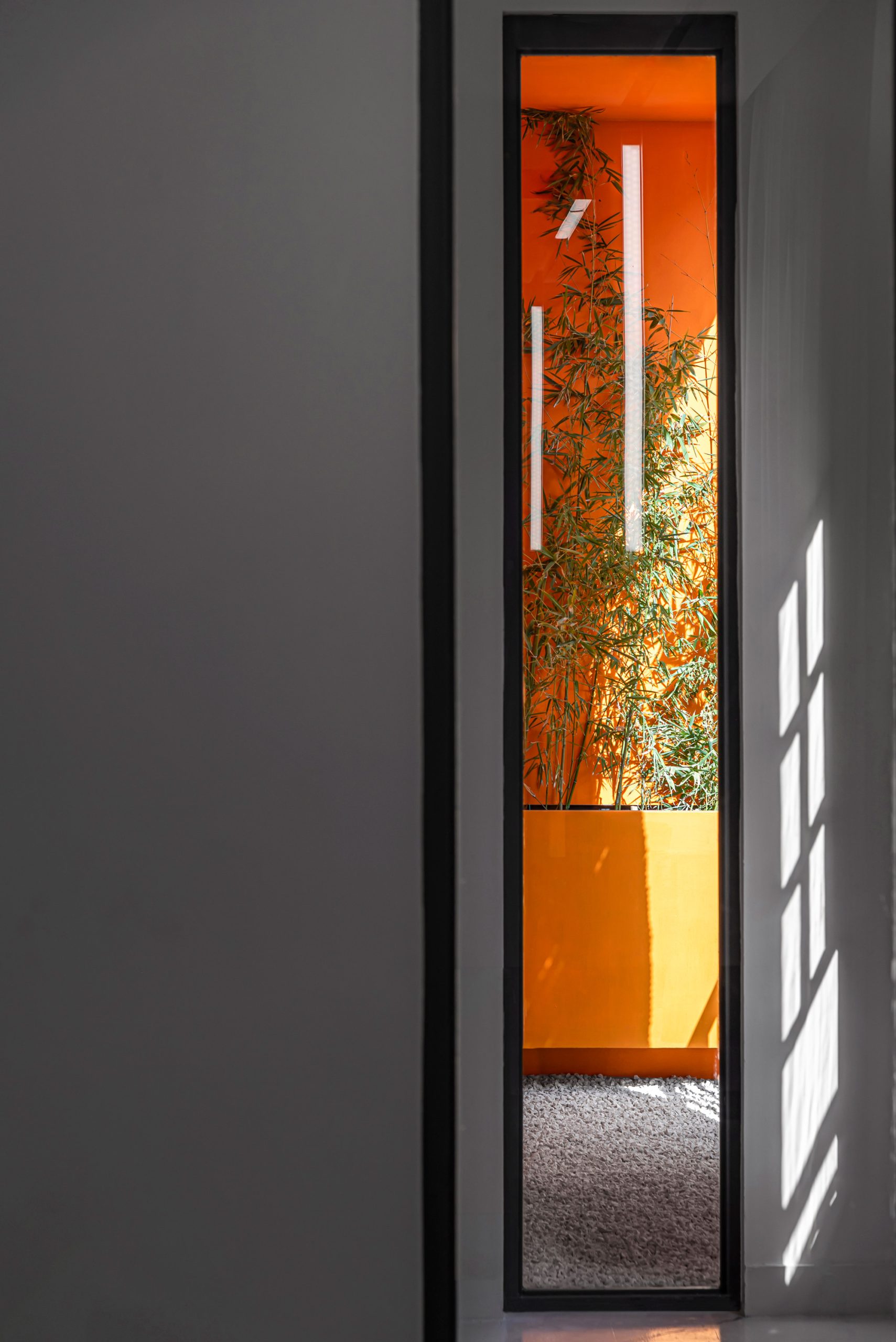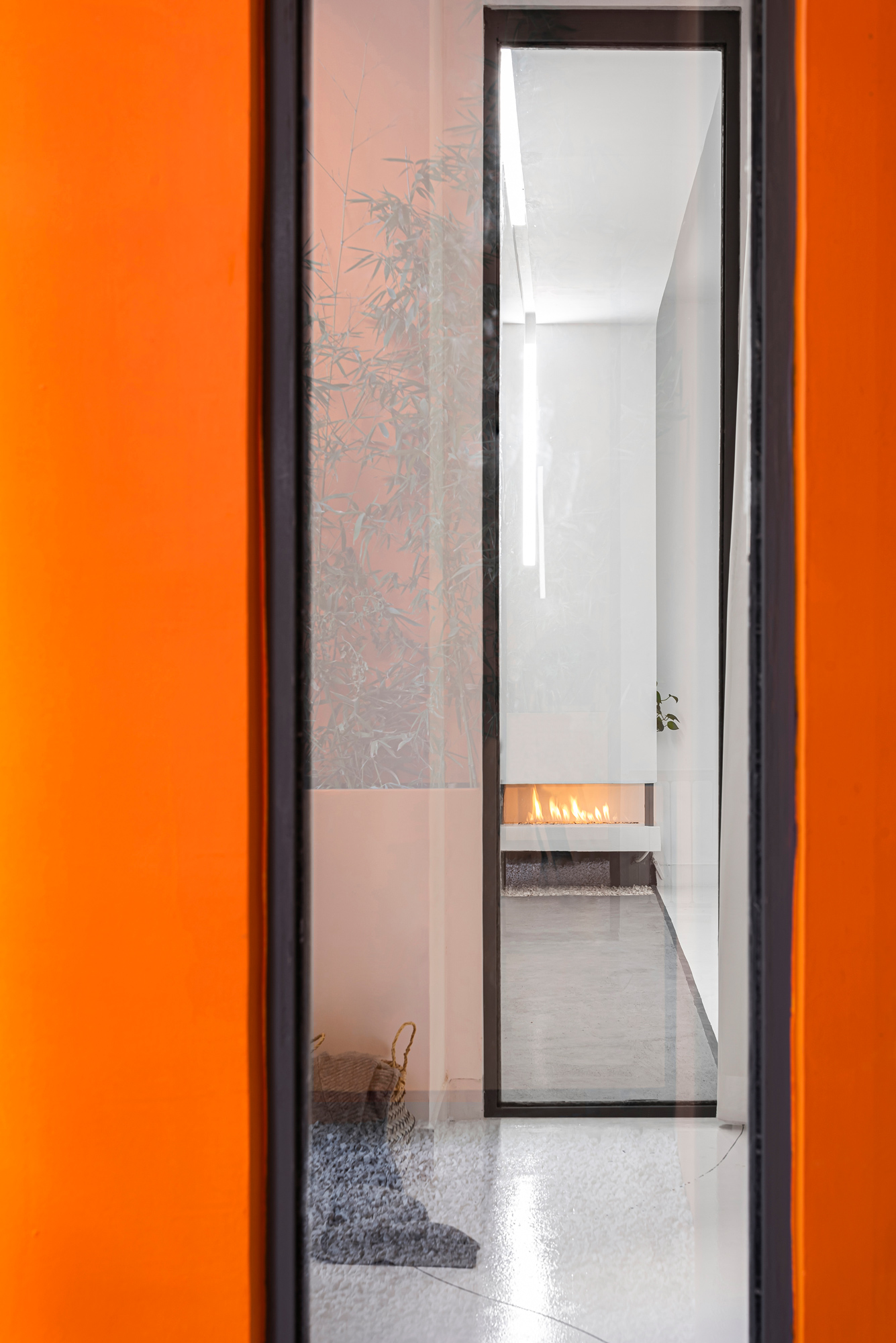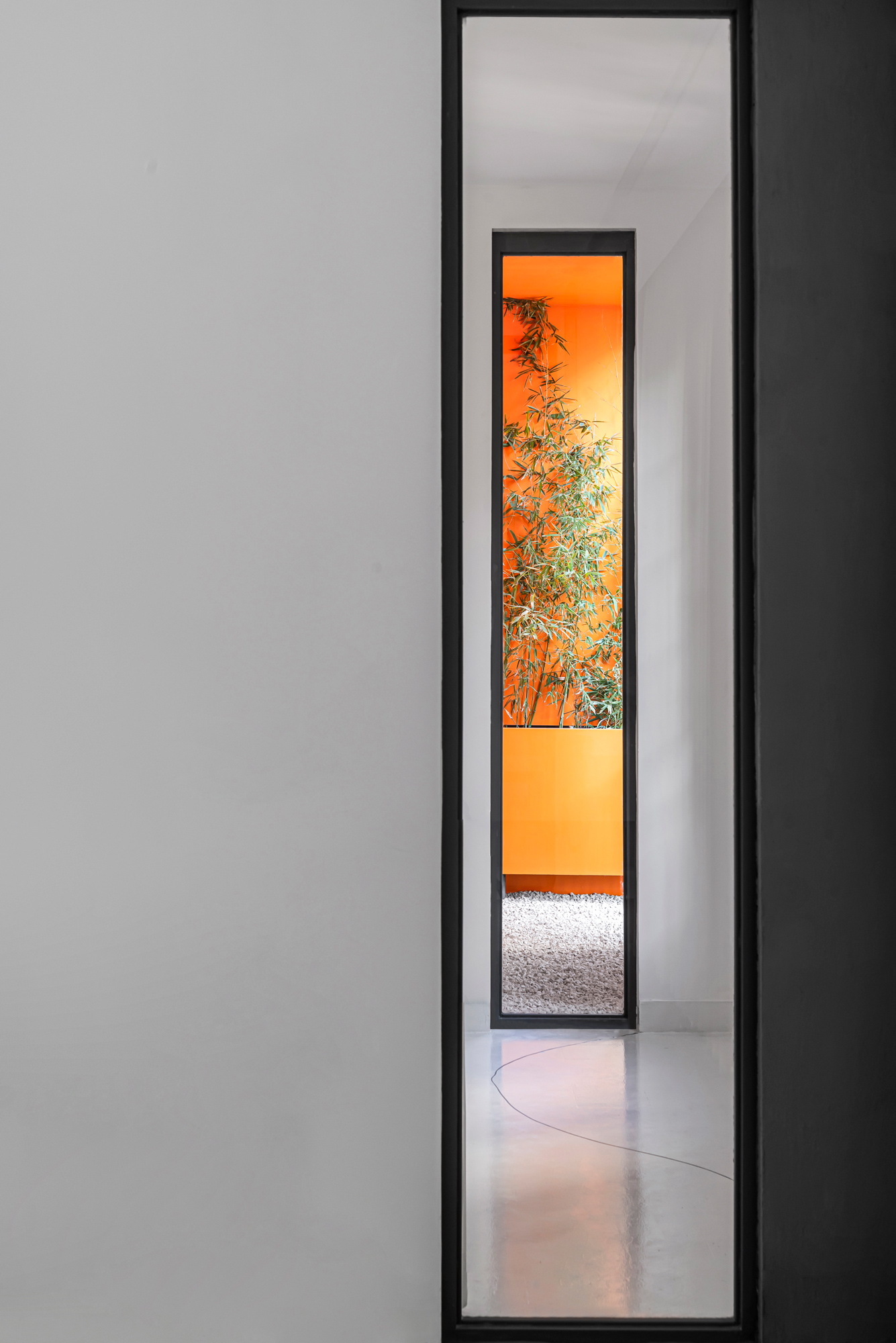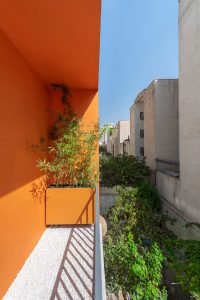Rozan House
projects details
- Project Manager: Mahyar Jamshidi
- Client: Ms. Mortazavi
- Function: Apartment
- Location: Tehran, Iran
- Status: Completed
- Design Team: Bahareh Pezeshki, Fatemeh Hasanloo, Hanieh Daneshvar, Leila Nouri,Tina Alfideh Fard
- Environmental Graphics:Maziar Jamshidi
- Area: 80 Square Meters
- Year: May 2021 – Sep 2021
- Photographer: Mohammadhossein Hamzehlouei
In recent times, house building has been enough to create a living space. It can be said that apartment living has accustomed us to various limitations.
The term “four-wall”, which has long been part of our common vocabulary, refers to fundamental points.
A four-wall is a space that is enclosed and its privacy happens only by creating a solid wall. But have you ever thought that an apartment where a family lives does not necessarily need privacy created by unchangeable barriers! It is possible to see the walls of a living room or a bedroom a little more differently, and seek the creation of spatial continuity even in a small apartment; If the walls of spaces like living room and bedroom are not enclosed and solid in total, visual or even dynamic communications can be made between different parts of a house. This can be achieved by making a joint (open or semi-open) with the possibility of seeing and not seeing, and with elements such as curtains.

In this project we had a small terrace that worked with only one of the two bedrooms of the house. This potential had let us to pursue activating its hidden energies and perpetuate them in the entire house parts.
For terrace’s activation we created a green wall and made it visible throughout the whole house by installing two tall windows (a slit = “Rozan” in Persian), one on the common wall of the bedrooms and the other on the dividing wall between the bedroom and living room. At the end of this axis we created a living space to serve this slit to both sides.

With this idea, both the hall was taken out of confinement and the first bedroom was able to be connected with the whole house too. Through a curtain, in the necessary times, such as rest time, the desired privacy can be established. This idea seeks to create a reproducible solution to the different behavior of house walls and the possibility of visual continuity.

The entrance sequence also enters a linear corridor that leads to a short wall which defines the kitchen area. This diagram creates a home entry hierarchy. In order to try to achieve spatial integrity, the floor material was also selected from simple and continuous materials with white color. Lines with organic geometry between the two openings of the house emphasize visual continuity and visual path. The spatial hierarchy of the project is emphasized by lines on the wall and floor. In front of the fireplace, there is a space for people to sit on the floor next to each other (a forgotten fact in contemporary houses), which is emphasized by changing the floor material.

Rozan House is an economical project with a limited budget that tries to break the habit in the existing walls inside the houses.
This house can tell many stories; stories of gatherings that were held in the bygone houses and increase the communication between people living in a same house along with the existence of personal privacy.
In selecting all the lines, geometry and even materials of this project, an effort has been made to be low-key and pure so that it can speak simply and humbly. A slit (Rozan) that seeks the feeling of living in a space, even in the confined spaces of a 78-meter apartment.
project location
address:
Paknejad Boulevard, Saadat Abad, Tehran
























